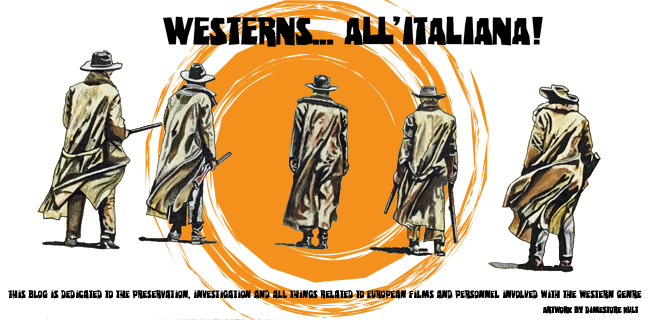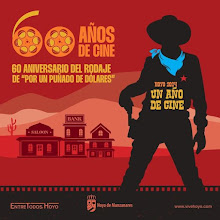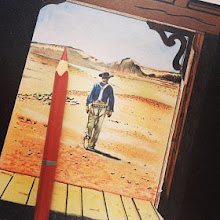 The headless remains of the infamous Australian outlaw Ned Kelly have finally been identified, officials said Thursday, solving a mystery dating back more than 130 years.
The headless remains of the infamous Australian outlaw Ned Kelly have finally been identified, officials said Thursday, solving a mystery dating back more than 130 years.Considered by some to be a cold-blooded killer, Kelly was also seen as a folk hero and symbol of Irish-Australian defiance against the British authorities.
After murdering three policemen, he was captured in Victoria state in 1880 and hanged at Old Melbourne Gaol in November of the same year. But his body went missing after it was thrown into a mass grave.
The bodies in the grave were transferred from the jail to Pentridge Prison in 1929 and then exhumed again in 2009. The investigation into Kelly began when a skull believed to be his -- and stolen in 1978 -- was rediscovered.
Doctors and scientists at the Victorian Institute of Forensic Medicine identified his body, found in a wooden axe box, after a DNA sample was taken from Melbourne teacher Leigh Olver, Kelly's sister Ellen's great-grandson.
"The wear and tear of the skeleton is a little bit more than would be expected for a 25-year-old today," said institute director Professor Stephen Cordner.
But such was Ned's life, this is hardly surprising."
However, tests found that the skull believed to be Kelly's was in fact not his.
Victoria's Attorney-General Robert Clark said he was amazed by the work of the forensic scientists.
"This is an extraordinary achievement by our forensic team," he said.
"To think a group of scientists could identify the body of a man who was executed more than 130 years ago, moved and buried in a haphazard fashion among 33 other prisoners, most of whom are not identified, is amazing."
Believed to have been born in 1854 or 1855, Kelly became an outlaw two years before he was hanged, taking on corrupt police and greedy land barons.
He survived a shootout with police in 1878 that saw him, his brother Dan, and friends Joe Byrne and Steve Hart slapped with an 8,000-pound bounty -- the largest reward ever offered in the British Empire -- for anyone who found them, dead or alive.
Over the next 18 months, the Kelly Gang held up country towns and robbed their banks, becoming folk heroes to the masses.
In a final gunbattle at Glenrowan, three of the gang members died and Kelly, dressed in home-made plate metal armour and helmet, was wounded and arrested.
Photos of his skeletal remains clearly show a bullet hole in one of his leg bones.
Olver, who supplied the DNA, said he was relieved to finally have some closure.
"It's such a great relief to finally have this side of the story resolved," he told reporters, adding that he hoped a suitable resting place could be found for his colourful relative.
"A place of dignity, a place very appropriate. Where that is will be determined later," he said.
Victoria Police, meanwhile, issued a statement saying that while Kelly's life was "one of Australia's most iconic cultural stories", people should remember he "murdered three police officers in the course of their duty".
The exploits of Kelly and his gang have been the subject of numerous films and television series.
Rolling Stone Mick Jagger played the lead role in the 1970 movie "Ned Kelly" while Heath Ledger starred as the bandit in a 2003 remake that also featured Orlando Bloom and Geoffrey Rush.
He has also been the inspiration for many books, most notably Peter Carey's novel "True History of the Kelly Gang", which won the 2001 Booker Prize.
YouTube link: http://www.youtube.com/watch?v=-1uCmKZcEHI












I thought this was a Spaghetti Western website. What does Ned Kelly have to do with this?
ReplyDelete